Whether you’ve been learning Japanese for three years or thirty, you’ve probably asked yourself at some point:
Am I fluent yet?
It’s a tricky question, isn’t it?
I’ve asked myself the same thing so many times when it comes to my English. (There’s still so much to learn and practise—even though I can use English as a communication tool whenever I need to!)
“Fluent” can feel vague—like a moving target. So today, I would like to help clarify what fluency can look like from a Japanese perspective, and share 3 clear goals to aim for to keep progressing—especially if you’ve hit a plateau.
1. Fluency Is Being Able to Say What You Want to Say—Not Just What You Can
A major shift happens when you move from repeating phrases you’ve memorised to expressing your own thoughts freely.
Try using these real-life Japanese expressions to personalise your speech:
✔︎ 実は、ずっと考えていたんですが… Actually, I’ve been thinking about this for a while…
✔︎ 自分の意見としては… In my opinion, …
✔︎ …と言えるかもしれません。It might be fair to say that…
These expressions move you beyond just “correct grammar”—they help you speak your mind with natural nuance.
2. Fluency Is Navigating Uncertainty With Confidence
Even native speakers hesitate, rephrase, or stumble. Fluency isn’t about perfection—it’s about staying in the conversation even when you’re unsure.
Practice using these “bridging” phrases to keep speaking naturally:
✔︎ なんて言えばいいかな… How should I put it…
✔︎ ちょっと言いにくいんですが… This might be a bit awkward to say, but…
✔︎ うまく言えないけど… It’s hard to explain, but…
Fluent speakers embrace not knowing the perfect word. The key is: don’t stop speaking. Instead, navigate around the gap.
3. Fluency Is Cultural Understanding in Action
Language isn’t just words. It’s context, tone, and cultural awareness. Fluency means knowing how to speak—not just what to say.
Japanese is full of subtle expressions that show emotional intelligence:
✔︎ お気持ちわかります。I understand how you feel.
✔︎ さすがですね!No wonder you’re so good at this!
✔︎ ご無理なさらないでくださいね。Please don’t push yourself too hard.
Being able to respond in these nuanced ways shows you’re not just speaking Japanese—you’re connecting with people!
Your Takeaway: Define Your Fluency
Fluency doesn’t mean knowing every word or perfectly mastering intonation and pitch to sound like a native speaker. It means being able to:
✔︎ Say what you truly want to say.
✔︎ Keep talking, even when it’s hard.
✔︎ Respond with natural and culturally aware language.
Reflection Challenge for You
This week, try answering this question in Japanese:
あなたにとって「流暢さ」とは何ですか?What does “fluency” mean to you?
Use the expressions above to shape your answer. Write it down, say it aloud, or better yet—share it in the comments! I would love to hear what fluency means to you personally.




コメント